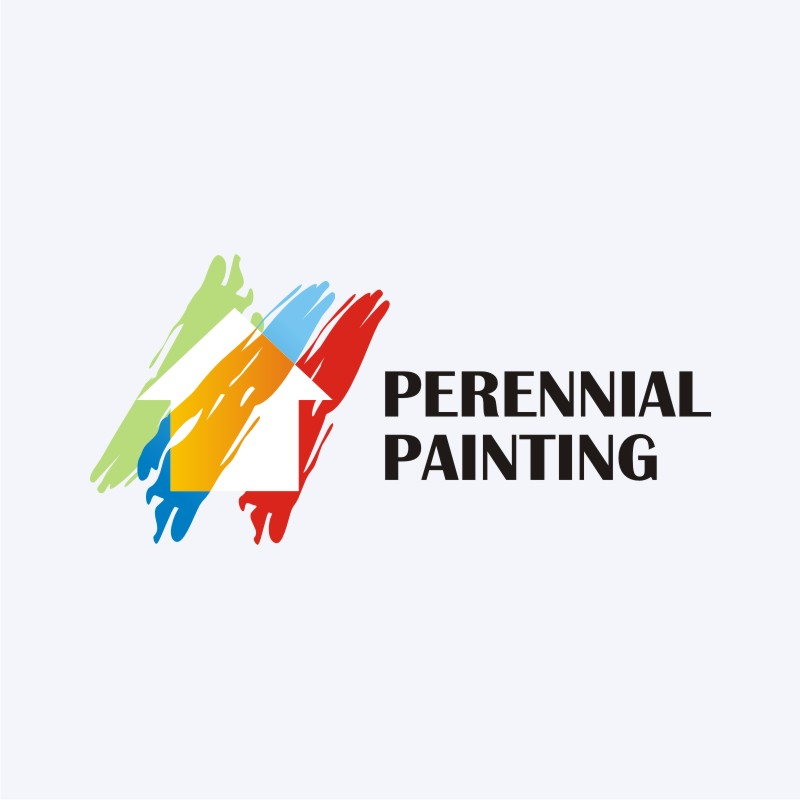Weather Condition Plays An Essential Duty In The Success Of Your Commercial Outside Painting Job-- Learn Exactly How It Can Affect The Outcomes
Weather Condition Plays An Essential Duty In The Success Of Your Commercial Outside Painting Job-- Learn Exactly How It Can Affect The Outcomes
Blog Article
Post Created By-Fabricius Turan
When you're intending an industrial outside painting job, don't underestimate the effect of climate on your outcomes. You need to think about elements like temperature, humidity, and precipitation, as they can make or break your paint job. As an example, did you understand that excellent conditions ask for specific temperature arrays and moisture degrees? Stopping working to keep an eye on these facets can cause uneven coatings and even damage to fresh paint. Comprehending these aspects is key to accomplishing a long-lasting, specialist result. So, what specific weather conditions should you watch out for?
Temperature Considerations
When it concerns industrial exterior paint, temperature level plays a crucial duty in the result of your project. If you're painting in extreme warm, the paint can dry as well promptly, leading to issues like bad attachment and unequal coatings. You intend to aim for temperature levels in between 50 ° F and 85 ° F for the best results. Below 50 ° F, paint may not cure correctly, while above 85 ° F, you run the risk of blistering and breaking.
Timing your job with the appropriate temperature levels is necessary. Beginning your work early in the early morning or later in the afternoon when it's cooler, particularly throughout hot months.
Likewise, think about the surface area temperature level; it can be significantly more than the air temperature, especially on warm days. Use a surface area thermometer to check this prior to you begin.
If temperatures are uncertain, watch on the weather forecast. Unexpected temperature decreases or warm front can thwart your plans. You do not want to begin painting just to have the problems alter mid-project.
Humidity Levels
Humidity levels considerably influence the success of your business external paint task. When the moisture is too high, it can impede paint drying and healing, causing a series of issues like inadequate bond and finish quality.
If you're preparing a work throughout wet conditions, you may find that the paint takes longer to completely dry, which can extend your project timeline and increase prices.
Alternatively, auto impressions tulsa can additionally present obstacles. Paint might dry out also promptly, protecting against proper application and causing an uneven surface.
You'll intend to keep track of the humidity degrees very closely to ensure you're working within the optimal variety, commonly between 40% and 70%.
To get the very best outcomes, consider utilizing a hygrometer to determine moisture prior to beginning your task.
If you find the degrees are outside the optimal array, you might need to readjust your routine or pick paints designed for variable conditions.
Always seek advice from the manufacturer's guidelines for details referrals on humidity tolerance.
Rainfall Impact
Rainfall or snow can considerably disrupt your industrial outside painting plans. When rainfall happens, it can get rid of fresh applied paint or develop an unequal coating. Preferably, https://www.housedigest.com/996398/how-to-sponge-paint-your-wall/ wish to pick days with completely dry weather to guarantee the paint sticks appropriately and remedies properly. If you're caught in a shower, it's best to stop the project and await conditions to improve.
Additionally, snow can be much more destructive. Not just does it develop a wet surface, however it can also decrease temperature levels, making it difficult for paint to dry. This can bring about issues like peeling off or blistering down the line.
It's vital to examine the weather report prior to beginning your project. If rain or snow is anticipated, consider rescheduling.
Constantly keep in mind to enable ample drying out time between coats, particularly if the weather stays uncertain.
Conclusion
In conclusion, keeping an eye on the weather is vital for an effective commercial outside paint job. By checking temperature level, moisture, and precipitation, you can make sure the very best conditions for application and treating. Remember to plan your work around desirable weather and constantly comply with supplier guidelines. With the best strategy, you'll achieve a resilient, beautiful finish that can withstand the components. Do not allow the weather capture you off-guard-- stay notified and repaint clever!
